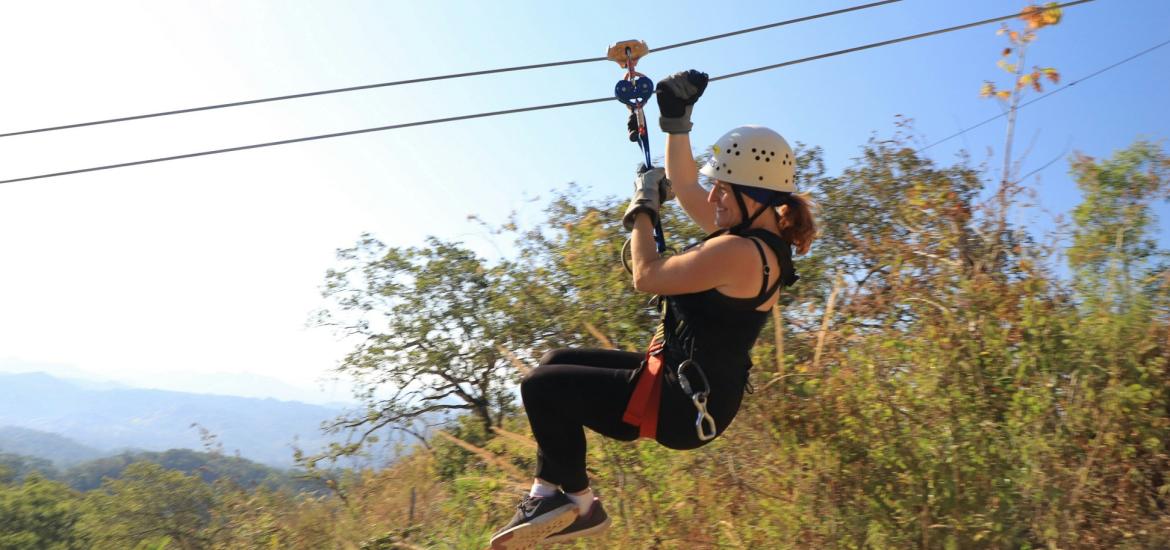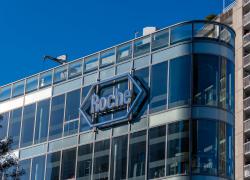
Otsuka zips into adjuvant use
As a second-line zipalertinib filing approaches, Otsuka goes earlier and broader.
As a second-line zipalertinib filing approaches, Otsuka goes earlier and broader.

Otsuka and Cullinan are planning an FDA filing this year for their EGFR inhibitor zipalertinib, in relapsed NSCLC with EGFR exon 20 insertion mutations, but a recent listing on clinicaltrials.gov shows that the groups have broader ambitions.
The new phase 3 trial, Rezilient-4, will not only target an earlier stage of disease, testing adjuvant therapy, but will also enrol patients with “uncommon” EGFR mutations such as G719X, L861Q and S768I, in addition to exon 20 insertions.
Rezilient-4 isn’t due to start until October, so it will be a while before it becomes apparent whether zipalertinib has a role in the adjuvant setting.
But earlier-stage data will be coming soon in NSCLC with uncommon EGFR mutations, at September’s World Lung conference, from cohort D of the Rezilient-2 trial. However, this cohort enrolled front-line patients, so there won’t be a direct readacross to Rezilient-4.
Notable trials of zipalertinib
| Trial | Setting | Regimen | Note |
|---|---|---|---|
| Ph1/2 Rezilient-1 | 2nd-line NSCLC with EGFR ex20ins | Monotx, uncontrolled | US filing planned H2 2025 |
| Ph2 Rezilient-2 | NSCLC, various lines, with uncommon EGFRm or ex20ins | Monotx, uncontrolled | Initial results due H2 2025 (uncommon EGFRm at World Lung, & brain mets pts at ESMO) |
| Ph3 Rezilient-3 | 1st-line NSCLC with EGFR ex20ins | + chemo, vs chemo | Enrolment to complete H1 2026 |
| Ph3 Rezilient-4 | Adjuvant NSCLC with uncommon EGFRm or ex20ins | + chemo, vs chemo | To start Oct 2025 |
Note: ex20ins=exon20 insertion mutations; all trials sponsored by Orsuka's Taiho subsidiary, except Rezilient-1, sponsored by Cullinan. Source: OncologyPipeline & clinicaltrials.gov.
The first indication for zipalertinib looks likely to be relapsed NSCLC with exon 20 insertions, based on the phase 1/2 Rezilient-1 trial, which found a 35% overall response rate in the primary efficacy population.
This included patients previously treated with Johnson & Johnson’s Rybrevant, with or without other exon20 insertion-targeted therapies. Among this subgroup, the ORR was 24%.
If approved, zipalertinib would follow Dizal’s kinase inhibitor Zegfrovy, which recently got the FDA nod in exon 20 insertion NSCLC patients progressed on platinum chemo. As that drug’s supporting trial, WU-Kong1 part B, also included post-Rybrevant patients, there had been fears that the FDA might restrict approval to a post-Rybrevant setting – but this didn’t come to pass, and Otsuka will no doubt be hoping for similar leniency.
Zegfrovy produced an ORR of 46% in WU-Kong1 part B, which looks better than zipalertinib on a cross-trial basis. However, as Dizal has no commercial US presence, Zegfrovy won’t reach that market unless the group finds a partner – potentially leaving the way clear for zipalertinib.
Rybrevant rivals?
But Otsuka might also believe that it can take on Rybrevant, which in exon 20 insertion NSCLC is approved both post-chemo, as monotherapy, and in the first line, as part of a chemo combo.
Otsuka also has a first-line phase 3 study under way, Rezilient-3, testing zipalertinib plus chemo, versus chemo alone, in patients with exon 20 insertions (a safety lead-in portion also includes patients with other uncommon EGFR mutations, but it’s unclear whether these will be a major focus).
Meanwhile, Dizal is also running a similar first-line study of Zegfrovy, WU-Kong28, with global scope. Both Rezilient-3 and WU-Kong28 are due to complete next year, potentially setting up another battle between Otsuka and Dizal.
However, Dizal’s adjuvant trial of Zegfrovy, WU-Kong16, is limited to China. Arrivent also has a phase 3 adjuvant Chinese trial ongoing with its contender, firmonertinib, in NSCLC with uncommon EGFR mutations, but that group's focus seems to be increasingly on first-line NSCLC with PACC mutations.
Approval of zipalertinib in the relapsed exon 20 insertion setting would be good news for Otsuka, but the group looks to have its eye on a bigger prize. The company’s Taiho subsidiary paid $275m up front to buy back ex-US rights from Cullinan in 2022, after licensing the asset to Cullinan in 2019. Cullinan remains a US partner.
1433













